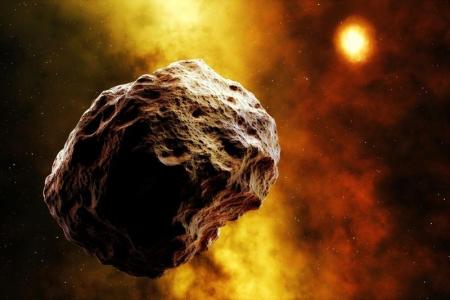Apophis (99942 Apophis) is one of the most well-known asteroids due to its size and trajectory, which makes it potentially hazardous to Earth. It was discovered on June 19, 2004, by the Kitt Peak telescope in Arizona, United States, and was named after the Egyptian god of destruction, Apophis, who represented chaos and war.
History and Trajectory
Apophis is a near-Earth asteroid with a diameter of approximately 340 meters. At the time of its discovery, scientists noted that its orbit could place it on a collision trajectory with Earth, which caused great concern. In particular, initial predictions indicated a potential impact in April 2029, which led to intense monitoring of the asteroid.
However, after more observations and analyses, the probability of an impact in 2029 was reduced to zero. Despite this, Apophis remains an object of interest due to its close approach to Earth. According to earlier versions, Apophis will pass on April 13, 2029, just 31,000 kilometers from our planet (a very small distance in astronomical terms). During this pass, Apophis will be bright enough to be visible to the naked eye from Earth, a rare event that is likely to attract many observers.
Although the possibility of an impact in 2029 has been ruled out, scientists are still monitoring its trajectory for future passes. One of the biggest concerns was a possible impact in 2036, but the latest observations have eliminated that risk, significantly reducing the probability of a collision for that year. As time passes and more data is collected, the probability of impact for future dates, such as 2068, has continued to decrease.
Ongoing Monitoring
Although the immediate risk of impact has diminished, scientists continue to observe the asteroid because its orbit remains slightly uncertain in the long term. Apophis remains part of research related to planetary defense and the possibility of deflecting asteroids in case any of its future trajectories pose a real threat to Earth.








